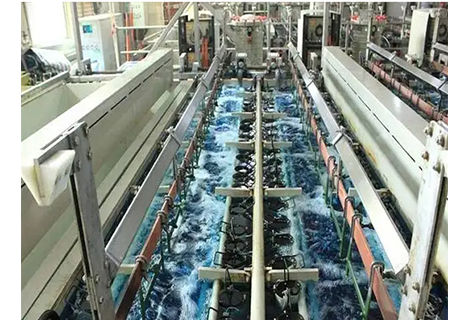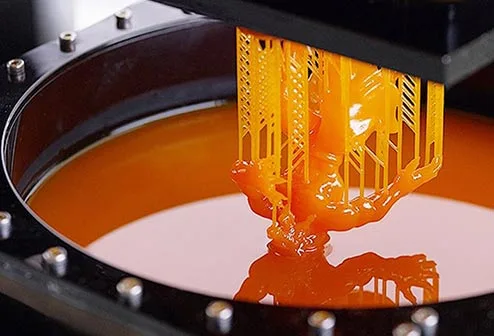Precision in machining isn't just a goal; it's the essence that defines excellence. Within this realm, CNC tapping emerges as a beacon of accuracy, revolutionizing how threads are crafted and machines function. Let's delve deeper into this intricate world to uncover the precision and efficiency it offers.
Introduction to Tapping: At its core, tapping in machining refers to the process of creating internal threads within a hole or recessed area. This technique involves using a tool called a tap to cut threads into various materials such as metals, plastics, and woods.
Purpose and Significance: Tapping isn’t merely about threading; it’s about enabling the assembly of parts, facilitating connections, and ensuring the functionality of machinery across industries. Its significance lies in the ability to create secure and reliable joints in materials, thereby enhancing structural integrity.
Types of Taps: There are various types of taps, each designed for specific materials and applications. From hand taps for manual operations to machine taps optimized for automated CNC processes, understanding the nuances of these tools is essential for achieving precision.
Traditional Tapping Methods: In the past, tapping was predominantly a manual process. Craftsmen would use hand tools to meticulously create threads, relying on skill and experience to ensure accuracy. This method, while effective, had limitations in terms of speed and consistency.
Introduction of CNC Technology: With the advent of Computer Numerical Control (CNC), tapping underwent a paradigm shift. CNC tapping machines revolutionized the process, offering unparalleled precision, repeatability, and efficiency. This technology empowered manufacturers to achieve high-volume, high-precision tapping operations.
Advantages of CNC Tapping: CNC tapping brings forth a multitude of advantages, including reduced cycle times, minimized human error, increased productivity, and the ability to perform complex threading operations with utmost accuracy.
Synergy in CNC Drilling and Tapping: CNC technology not only revolutionized tapping but also integrated tapping with drilling processes. This amalgamation allows for the creation of threaded holes directly after drilling, streamlining the entire manufacturing process.
Precision Engineering: CNC drilling and tapping centers leverage precise tooling, spindle speeds, and feed rates to ensure the creation of accurate threads. The utilization of coolant systems further enhances precision by reducing friction and heat during the machining process.
Customization and Flexibility: CNC tapping machines offer versatility and adaptability, allowing for the creation of threads in diverse materials, sizes, and depths. This flexibility caters to the evolving demands of various industries.
Precision in Mill Tapping: CNC milling machines have expanded the horizons of tapping operations. The integration of tapping within milling processes offers unparalleled precision and efficiency. With computer-controlled movements, these machines execute tapping sequences with meticulous accuracy.
Tool Selection and Optimization: Selecting the right tap for CNC mill tapping is crucial. High-speed steel (HSS) taps, cobalt taps, or carbide taps each offer distinct advantages based on material and application. Optimal tool selection ensures prolonged tool life and superior thread quality.
Programming and Machining Parameters: CNC mill tapping requires precise programming and parameter settings. Factors such as spindle speed, feed rate, depth of cut, and tool path optimization dictate the quality and accuracy of the threaded holes. Fine-tuning these parameters is key to achieving desired results.
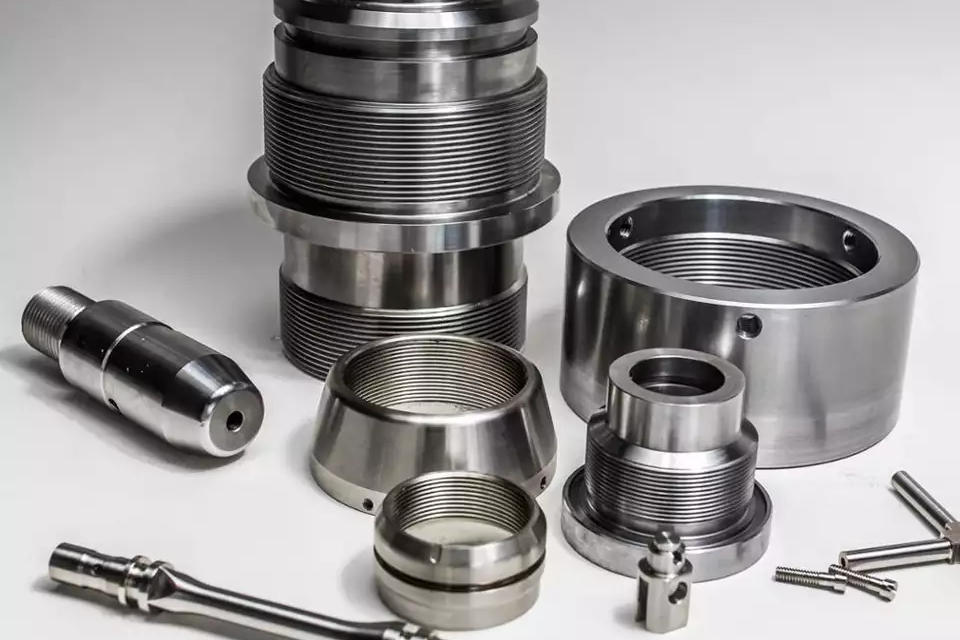
Metrology and Quality Control: Achieving perfection in tapping mandates stringent quality control measures. Metrology tools such as micrometers, thread gauges, and optical comparators verify thread dimensions, pitch, and angles, ensuring conformity to specified standards.
Tool Maintenance and Management: Regular maintenance of tapping tools is imperative for sustained performance. Proper lubrication, tool inspection, and replacement schedules prevent premature tool wear, ensuring consistent quality in tapping operations.
Process Optimization: Continuous improvement is the cornerstone of precision. Employing statistical process control (SPC) methods allows for the analysis of machining data, identifying trends, and optimizing processes to maximize efficiency and minimize deviations.
Aerospace Industry: In aerospace, precision is paramount. CNC tapping plays a vital role in manufacturing components like engine parts and structural elements where tight tolerances and high-quality threads are prerequisites for safety and performance.
Automotive Sector: From engine blocks to transmission components, CNC tapping is integral in producing threaded holes critical for assembly. The automotive industry relies on precise tapping to ensure durability and functionality in vehicles.
Medical Device Manufacturing: In medical device production, CNC tapping aids in creating threaded holes for implants, instruments, and equipment. The precision offered by CNC tapping ensures compatibility, reliability, and safety in medical applications.
The realm of CNC tapping in machining is a continuous journey towards precision perfection. Embracing advancements, overcoming challenges, and adapting to evolving trends define this pathway. As industries demand higher precision and efficiency, CNC tapping stands as a cornerstone of modern machining, promising innovation and excellence.
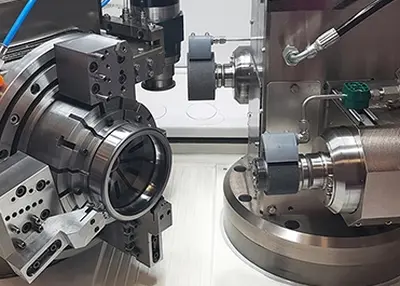 What kind of process is suitable for machining different types of parts?October 31, 2023Machining is a widely used manufacturing process and is one of the common machining methods used in the manufacturing industry for making different types of parts. Different types of parts require dif...view
What kind of process is suitable for machining different types of parts?October 31, 2023Machining is a widely used manufacturing process and is one of the common machining methods used in the manufacturing industry for making different types of parts. Different types of parts require dif...view Top 12 CNC Machining Manufacturers in the USAJune 8, 2024Looking for reliable CNC machining parts manufacturers in the USA? Check out our list of the top 12 companies, each with its own unique advantages and processing capacities. Find the perfect partner for your business today!view
Top 12 CNC Machining Manufacturers in the USAJune 8, 2024Looking for reliable CNC machining parts manufacturers in the USA? Check out our list of the top 12 companies, each with its own unique advantages and processing capacities. Find the perfect partner for your business today!view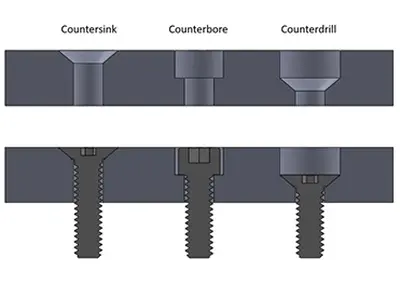 What is Counter Sink? Your Comprehensive GuideOctober 8, 2023A countersink is a conical hole that is typically drilled or milled into a material, such as wood, metal, or plastic, to allow the head of a screw or fastener to sit flush with or below the surface of the material.view
What is Counter Sink? Your Comprehensive GuideOctober 8, 2023A countersink is a conical hole that is typically drilled or milled into a material, such as wood, metal, or plastic, to allow the head of a screw or fastener to sit flush with or below the surface of the material.view Bead Blasting 101: How Does a Bead Blaster Work?November 2, 2023Bead blasting is an abrasive technique where media is projected onto a surface. How does a bead blaster work to ensure a smooth bead blasting process? Read on.view
Bead Blasting 101: How Does a Bead Blaster Work?November 2, 2023Bead blasting is an abrasive technique where media is projected onto a surface. How does a bead blaster work to ensure a smooth bead blasting process? Read on.view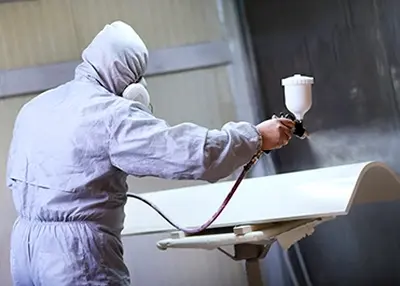 Unlocking Precision: The Definitive Guide to Machined Surface Finish in CNC MachiningNovember 10, 2023Welcome to the realm of precision engineering, where the art of CNC machining meets the science of Machined Surface Finish. In this comprehensive exploration, we journey through the intricacies of this vital process, revealing its nuances and applications. As a leader in CNC machining services, Richconn is your trusted partner in achieving unparalleled quality and precision.view
Unlocking Precision: The Definitive Guide to Machined Surface Finish in CNC MachiningNovember 10, 2023Welcome to the realm of precision engineering, where the art of CNC machining meets the science of Machined Surface Finish. In this comprehensive exploration, we journey through the intricacies of this vital process, revealing its nuances and applications. As a leader in CNC machining services, Richconn is your trusted partner in achieving unparalleled quality and precision.view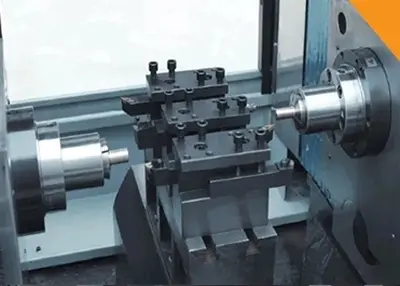 The Importance of Using CNC Processing for Medical Precision PartsDecember 30, 2022Medical device components are impacted by rising health costs and technological advancements brought about by the growing aging population. Medical equipment helps to improve the progress of basic med...view
The Importance of Using CNC Processing for Medical Precision PartsDecember 30, 2022Medical device components are impacted by rising health costs and technological advancements brought about by the growing aging population. Medical equipment helps to improve the progress of basic med...view
 EN
EN
 ru
ru 

